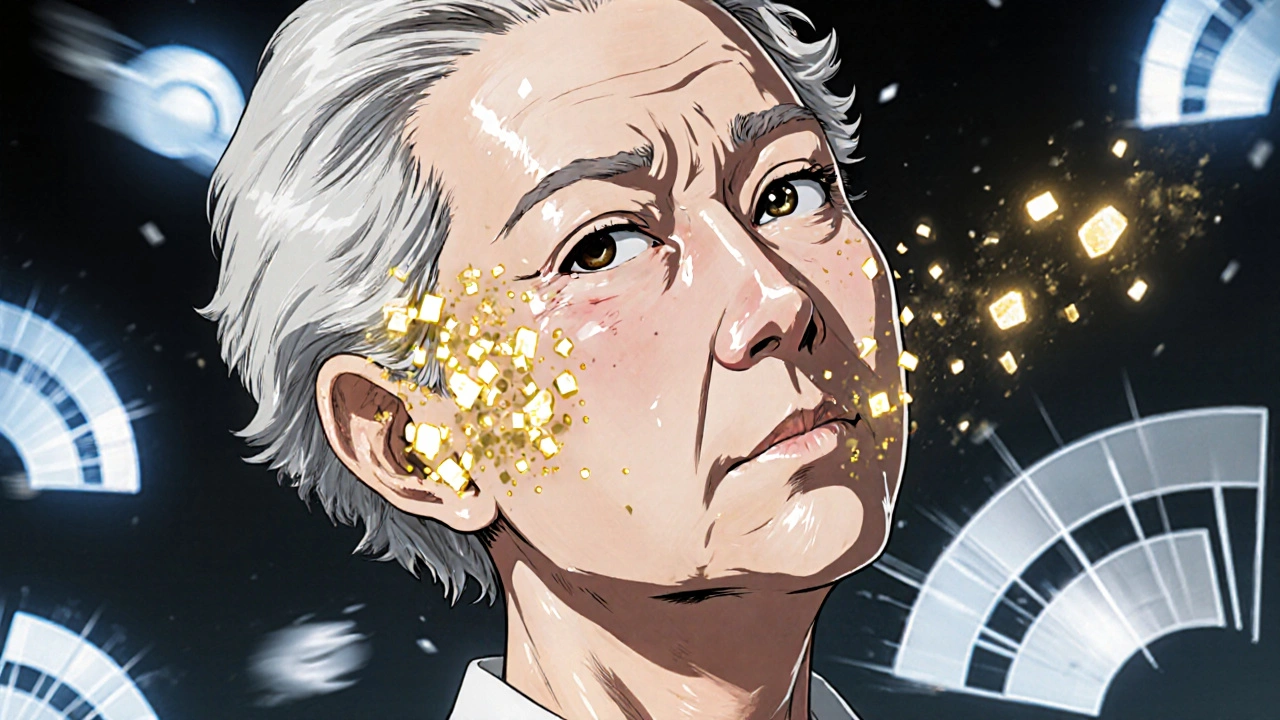Feeling the room spin or tilting when you stand up? That's vertigo — a strong sensation of movement when you're actually still. It can be scary, but most cases are from inner ear problems and often improve with simple steps.
First, notice the pattern. Vertigo that lasts seconds and happens when you change head position is usually benign paroxysmal positional vertigo (BPPV). If vertigo comes with hearing loss or ringing in the ear, it might be vestibular neuritis or Meniere’s disease. Sudden, severe vertigo with weakness, slurred speech, or double vision needs emergency care — it could be a stroke.
At home, start with safety. Sit or lie down as soon as you feel spinning to avoid falls. Move slowly when standing. Keep a light on at night and remove tripping hazards. If nausea hits, sip clear fluids and avoid rich foods until you feel better.
BPPV often responds to repositioning maneuvers you can do with some practice. The Epley maneuver is the most common: it moves tiny calcium crystals out of the inner ear canal. Many people learn it from a physical therapist, but you can find trusted video guides from medical sources. Do the maneuver only if you know it’s BPPV and you’re not at high risk for neck or spine problems.
Vestibular rehabilitation exercises help if dizziness is persistent. These are short head and eye movements that train your brain to compensate. A physical therapist can show you the right sequence and progress it safely. Even simple daily balance exercises — standing on one foot near a chair, walking heel-to-toe — can reduce symptoms over weeks.
For short-term relief, doctors sometimes prescribe anti-nausea or anti-vertigo meds like meclizine. These can help during bad attacks but may slow long-term recovery if used too long. If an infection or Meniere’s disease is the cause, other treatments like steroids or diuretics may be offered.
See a doctor if vertigo is severe, lasts more than a few days, repeats often, or affects hearing and vision. Ask about testing: a Dix-Hallpike test for BPPV, hearing tests, or balance tests. Imaging like MRI is only needed if warning signs suggest a brain problem.
Keep a simple diary: note when vertigo starts, how long it lasts, what you were doing, and any other symptoms. That record helps your clinician find the cause faster. With the right steps — safety, targeted exercises, and medical review when needed — most people improve and get back to normal life.
Common triggers include stress, dehydration, lack of sleep, and sudden head movements. Drink water, cut back on salt and caffeine if you have Meniere’s symptoms, and manage allergies or sinus problems that can affect the inner ear. Avoid driving or operating heavy machinery during and right after attacks. If vertigo follows a head injury, seek immediate medical care. Ask your provider about referral to an ENT or balance clinic for persistent cases.

Vertigo and dizziness often stem from inner ear disorders like BPPV, Meniere's disease, or vestibular neuritis. Learn how vestibular therapy and targeted treatments can restore balance without relying on long-term medication.
View more
Vertigo in children is a concerning topic that I recently researched. It can be caused by several factors, including inner ear problems, head injuries, and even migraines. The symptoms typically include dizziness, imbalance, and unsteadiness which can greatly affect a child's daily life. Fortunately, there are various treatments available such as medications, vestibular rehabilitation, and addressing the underlying cause. It's crucial for parents to be aware of these symptoms and seek professional help for proper diagnosis and treatment.
View more